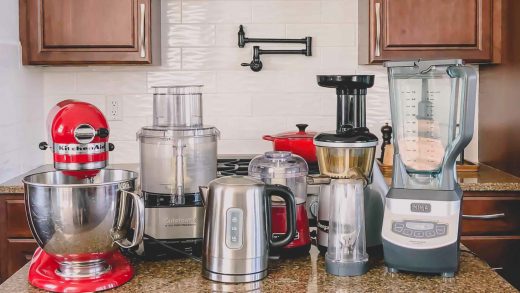You’ve got a skillet, preferably cast iron. You may even have an egg pan. How about a sauté pan?
Sautéing means cooking food quickly over high heat with a small amount of fat. Therefore, the pan needs to allow cooks to do that easily.
How is a sauté pan different from a skillet or fry pan?

In many cases, the three types of pans can be used interchangeably. You can sauté in a skillet and you can fry in a sauté pan. But there is a difference.
A sauté pan should have a wide, flat bottom to allow food to be placed all in a single layer. This is important for browning and crisping food. Crowding the pan results in steaming rather than sautéing. But steaming is not always a bad thing. Better pans will include a lid for that purpose. The sides of a sauté pan should be straight rather than curved. This maximizes the bottom surface area for the food. Rounded sides indicate the pan is really a fry pan or skillet. The pan should be shallow.
Another characteristic of the sauté pan is a long handle, allowing the cook to maneuver the pan and the food easily without burning themselves. The word sauté comes from the French word for jump. Perhaps you have seen chefs flip the food inside the pan and have everything land perfectly back into the pan. This technique requires a lot of practice and courage. It is recommended that if you want to learn to do this you use room temperature ingredients and a cold pan so you don’t get burned by hot oil or food.
The preferred material for this pan is anodized aluminum which is harder than stainless steel and non-reactive to acidic ingredients. Costs can range from under $50 to more than $150.



